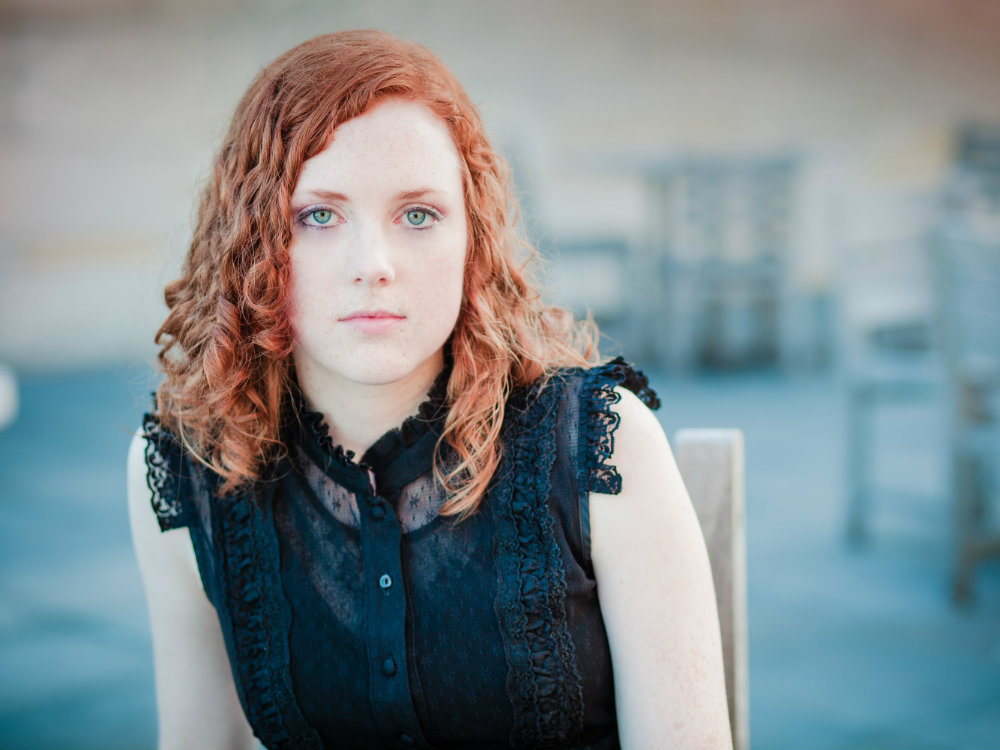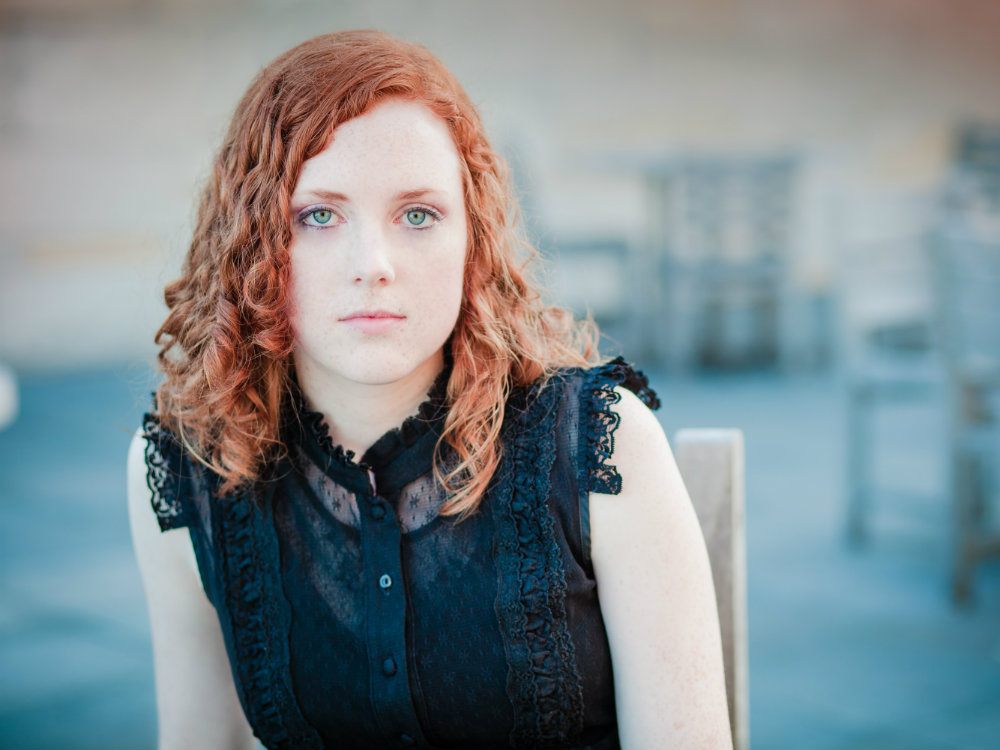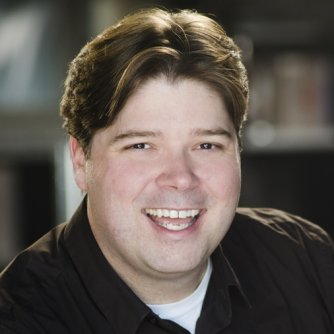
Most contemporary composers rarely hear their music performed live and often have no control over how it's presented in concert. Composer & Curator asks an artist to design a dream program around a piece they've written and explain their selections.

Her eclectic selections include music by J.S. Bach, Iannis Xenakis, Evan Chambers and Alfred Schnittke, as well as songs by P.J. Harvey and Tool.
J.S. Bach, Aria from the "Goldberg" Variations
The opening aria of J.S. Bach’s Goldberg Variations shows the master’s gift for creating the exquisite out of the simple. Glenn Gould recorded the set twice, and this later recording, drastically slower and quieter than his first, is enigmatically complex and strange, yet sweetly simple.
Tool, "Schism"
Tool’s hypnotic, throbbing guitar ostinatos were the main inspiration for the techniques at the end of my piece in which the pianist strikes the lowest strings of the piano with the fingernails and other objects repeatedly.
In this song, like in PJ Harvey’s “Broken Harp,” visceral imagery related to organic, physical death (mildewed, smoldering, disintegrating, strangled, atrophy) is used as a metaphor for more abstract problems. Lead guitarist Adam Jones’s unsettling claymation music videos for the band’s songs were also an inspiration as I was writing.
PJ Harvey, "Broken Harp"
PJ Harvey’s album White Chalk is, in a way, a modern urban retelling of an old faux agrarian gothic. Filled with the sounds of folk instruments, out-of-tune upright piano, and Harvey’s haunting, airy voice, the music’s compromise between bleak simplicity and repetitive insistence makes images such as “something metal tearing my stomach out if you think ill of me” all the more stark and grotesque. For me the album conjures images of old folk superstition, possession by the devil, hard, weathered faces, and rusty surgical tools in the basement of an isolated country dwelling.
Evan Chambers, The Old Burying Ground, Book 1, No. 2: And Pass from Hence Away
Evan Chambers recently visited the University of Colorado Boulder as a guest composer, and I was immediately struck by this piece which he shared. Chambers took the text for his song cycle from actual gravestones from a period in history when people had to live with death on a regular basis.
Ironically, of the pieces in this list, this one is closest to dealing with a Victorian relationship with death, yet -- in stark contrast to my piece -- it is the most hopeful and peaceful.
J.S. Bach, Fugue in B minor from the Well Tempered Clavier, Book I
The subject of this uncanny fugue by J.S. Bach contains all twelve pitches of the chromatic scale - quite an innovation for the early eighteenth century. A mixture of elegant counterpoint and introspective strangeness, it fits well with the antiquated eeriness I aimed to conjure in my composition.
Iannis Xenakis, Ioolkos for large orchestra
In this late work by Xenakis, the instruments of the orchestra congeal into monstrous clusters, overwhelming the listener with a frightening and grating wall of dissonance. You can almost see and feel the heavy, serrated clumps writhing, plummeting, and plodding. Xenakis was an inspiration for some of my piece’s moments of horror and clustered dissonance.
Alfred Schnittke, Piano Quintet
Schnittke’s Piano Quintet is incredibly complex and deep, yet quiet, subtle, and painful. Schnittke composed the work in the wake of his mother’s death. Schnittke’s compositional style in this piece creates an atmosphere of utmost desolation and heartbreak: strange distortions of familiar styles, the grim, repetitive dissonances, the simple, sweet piano melody of the final movement amidst despair. This manner of composition heavily influenced the writing of my piece.
Chelsea Komschlies, "Teratoma, Odrakek"
"Teratoma, Odradek" is about the abstract images and ideas associated with the combination of the two things in the title. A teratoma is a kind of tumor that is made up of kinds of tissue not native to the area in which it occurs. These tumors can contain hair, teeth, bone, and sometimes even other organs such as eyes or limbs. Odradek is a literary creation of Franz Kafka, described in his tiny, enigmatic short story “Die Sorge des Hausvaters” (“The Cares of a Family Man”). The creature Odradek is basically a sentient wooden star-shaped spool of matted thread lurking in the shadows of the house. As the story goes, when asked his name, the creature replies “Odradek.” When asked where he lives, he replies, “No fixed abode,” and laughs with the kind of laughter that has no lungs behind it.
These two objects are seemingly unrelated, but in my mind, their combination creates a wealth of abstract meanings and associations. The piece lies somewhere in between horrifying and elegant, vicious and languid, old-fashioned and otherworldly, wood and teeth, thread and hair.
The form of the work mocks traditional French flute sonatines, of which I have played my fair share. These three-movement works are usually designed to spotlight the flute in a show of romantic and technical prowess. However, in my piece, every time the piano bombastically sets up the flute to enter with a bang, the flute can't be bothered and is caught metaphorically rolling around lackadaisically in a puddle of its own drool.
The piece alternates between vicious, snarling, animalistic outbursts and listless, lobotomized reactions. At times it alludes to familiar romantic or baroque gestures, but these have been so distorted and disassociated that they merely add to the uncanny creepiness.
Chelsea Komschlies' music has been performed at the Pendulum New Music Series at the University of Colorado; the Open Space New Music Festival at University of Northern Colorado; Cortona Sessions for New Music in Cortona, Italy; and Chicago's Make Music Festival with the Fifth House Ensemble.
She's composing her first full orchestral work. Her first string quartet was premiered Jan. 28 at the University of Colorado.








